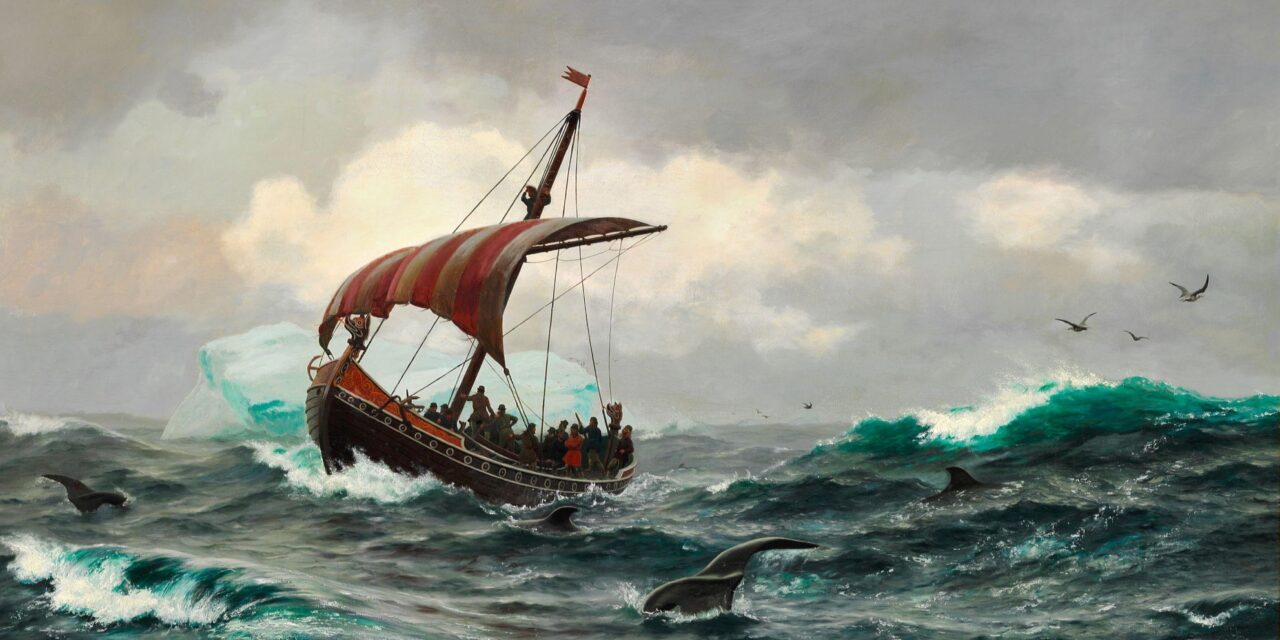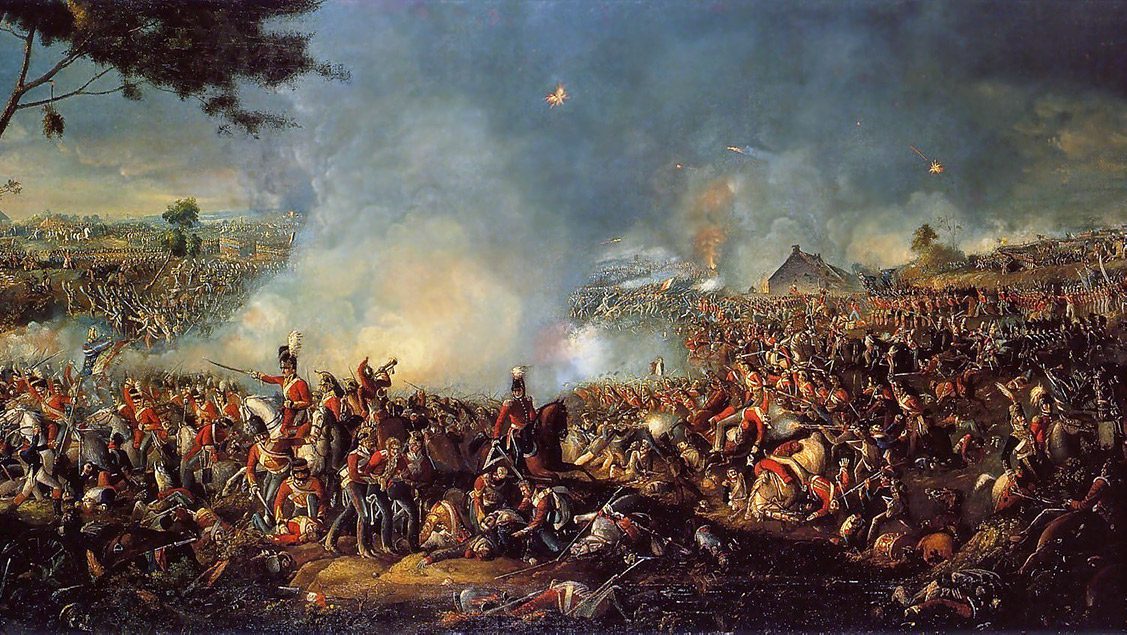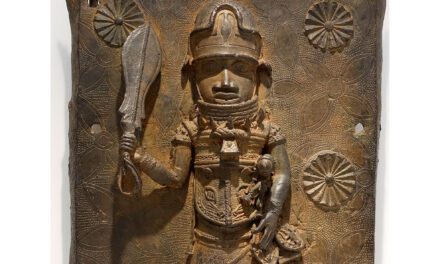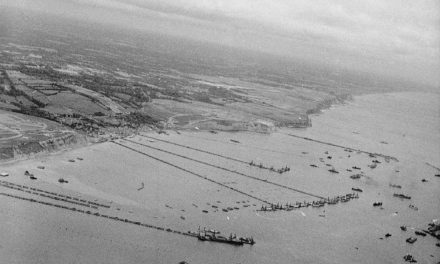History Guild General History Quiz 133
See how your history knowledge stacks up!
Want to know more about any of the questions? Once you’ve finished the quiz click here to learn more.
Have an idea for a question? Suggest it here and we’ll include it in a future quiz!
The stories behind the questions
1. What name did Norse explorers give to North America?
Vinland – Leif Erikson landed in North America in around 1000 CE, nearly five centuries before the voyages of Christopher Columbus and John Cabot. Archaeological evidence has been found at L’Anse aux Meadows, on the northern tip of the island of Newfoundland.
2. What was the first animal to orbit the Earth?
Laika the Dog – Laika, a stray mongrel from the streets of Moscow, was the occupant of the Soviet spacecraft Sputnik 2 that was launched into low orbit on 3 November 1957. She was part of the flight to prove that a living passenger could survive being launched into orbit, paving the way for human spaceflight and providing data on how living organisms cope with spaceflight environments. Soviet scientists selected stray dogs because they believed that they had already demonstrated their hardiness by surviving Russian winters.
Laika’s launch was successful, however during the separation of the nose cone some of the thermal insulation tore loose, raising the cabin temperature to 40 °C. Laika died on the fourth orbit of overheating. The true cause and time of her death were not made public until 2002. At the time it was reported that she died when her oxygen ran out on day six.
3. What battle lead to the first known peace treaty in history?
Battle of Kadesh – Fought between the Egyptians and Hittites, the battle was somewhat inconclusive. Fifteen years after the battle, the Egyptians and Hittites signed a treaty to end the long war between the two groups. Known as the Eternal Treaty (or the Treaty of Kadesh), this agreement is the first of its kind in history, with surviving documents from both sides. It was written in Akkadian; the international language of the time.
4. Kwame Nkrumah was the first President of which country?
Ghana – Nkrumah was the Prime Minister of Gold Coast when it was still a British colony, becoming President of Ghana upon independence in 1960. Nkrumah was the first African head of state to promote the concept of Pan-Africanism. He also developed an increasingly authoritarian regime which was both socialist and nationalist, funding national industrial and energy projects and developing a strong national education system.
Nkrumah was overthrown by the Ghanaian military in 1966, in a coup which was assisted by the CIA and MI6. Britain and the United States had been discussing regime change in Ghana since 1961. The CIA station’s involvement was such that it was able to coordinate the capture of some classified Soviet military equipment as the coup took place.
The National Liberation Council took power, which had close links to Western governments and allowed Western companies to operate in Ghana on extremely favourable terms. Repressive rule and economic instability continued in Ghana until 1992, when a multi party democracy was restored.
5. What is significant about the Lacepede Islands, which are off the North West Australian coast?
They were claimed by the USA under the provisions of the Guano Islands Act – Named by Nicolas Baudin in 1801 during his expedition around Australia, the islands were claimed by Australia and mined for Guano by a Melbourne company. In 1876 an American Merchant arrived on the islands and planted the United States flag. He claimed the island group in accordance with the United States Guano Islands Act, which empowered U.S. citizens to take possession of uninhabited islands more than three miles offshore from any country, so long as they had not been formally claimed.
This sparked a diplomatic and political row which wasn’t resolved until US President Ulysses Grant repudiated the annexation in the following year.
6. In which year did the Amritsar massacre (Jalianwala Bagh) occur?
1919 – A large peaceful crowd had gathered at the Jallianwala Bagh in Amritsar, Punjab, to protest against the Rowlatt Act and arrest of pro-independence activists. Brigadier general R. E. H. Dyer surrounded the protesters with his Gurkha, Baloch, Rajput and Sikh soldiers of British Indian Army and ordered them to open fire. The troops kept on firing until their ammunition was exhausted, at least 379 people were killed and possibly as many as 1,000.
The massacre caused a re-evaluation by the British Army of its military role against civilians to “minimal force whenever possible”. Secretary of State for War, Winston Churchill, condemned the massacre as “unutterably monstrous”, and the UK House of Commons voted 247 to 37 against Dyer’s actions. However, Britain has never formally apologised for the massacre. It did express “deep regret” in 2019.
7. How did Vlad III Tepes (Vlad the Impaler) treat the homeless in his realm?
He invited them to a feast, locked the doors and burned them alive – Stories about Vlad’s brutal acts began circulating during his lifetime. The Pope even included them in his Commentaries in 1464.
8. Who invented the AC electrical motor?
Nikola Tesla – Tesla invented a wide range of devices that are still in use today, including the first radio controlled device.
9. In 1969, what did Director of the FBI J. Edgar Hoover describe as “the greatest threat to the internal security of the country”?
Black Panther Party – Hoover was the Director of the Federal Bureau of Investigation for 48 years from 1924 until his death in 1972. He was very focussed on “political radicals” within the United States, which he pursued and persecuted. The FBI’s motivation was “protecting national security, preventing violence, and maintaining the existing social and political order”.
Hoover ordered FBI agents to “expose, disrupt, misdirect, discredit, or otherwise neutralize” groups or individuals he believed were a risk to the existing social and political order, utilising tactics such as perjury, witness harassment, witness intimidation, and withholding of exculpatory evidence.
10. Which aircraft is this?
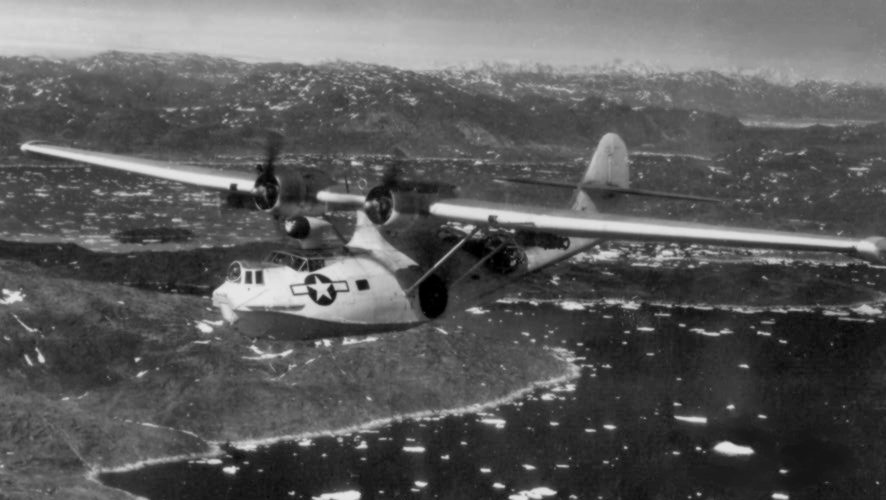
Consolidated PBY Catalina – One of the most widely used seaplanes of WW2, used for anti-submarine warfare, patrol bombing, convoy escort and search and rescue. It had incredible endurance, able to remain airborne for up to 32 hours without refuelling.

